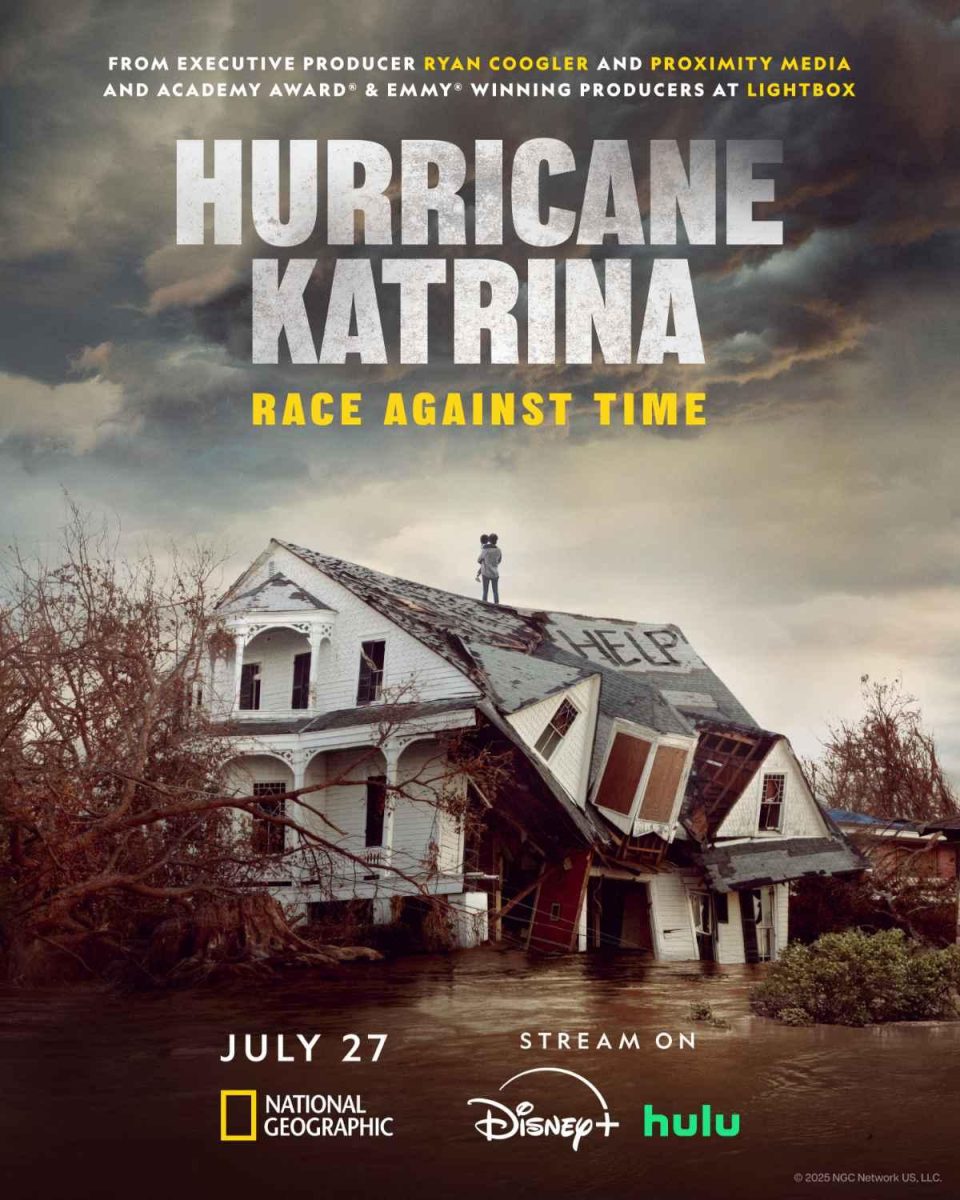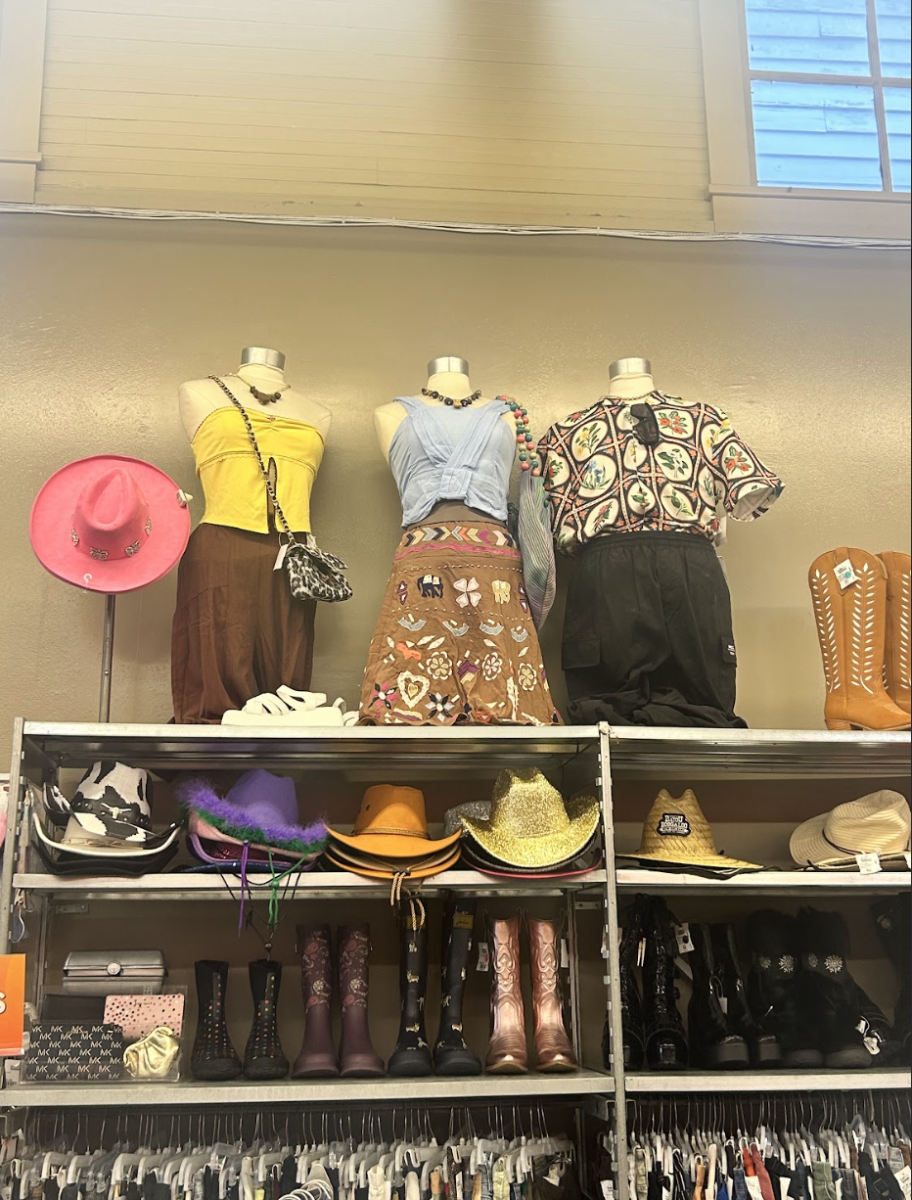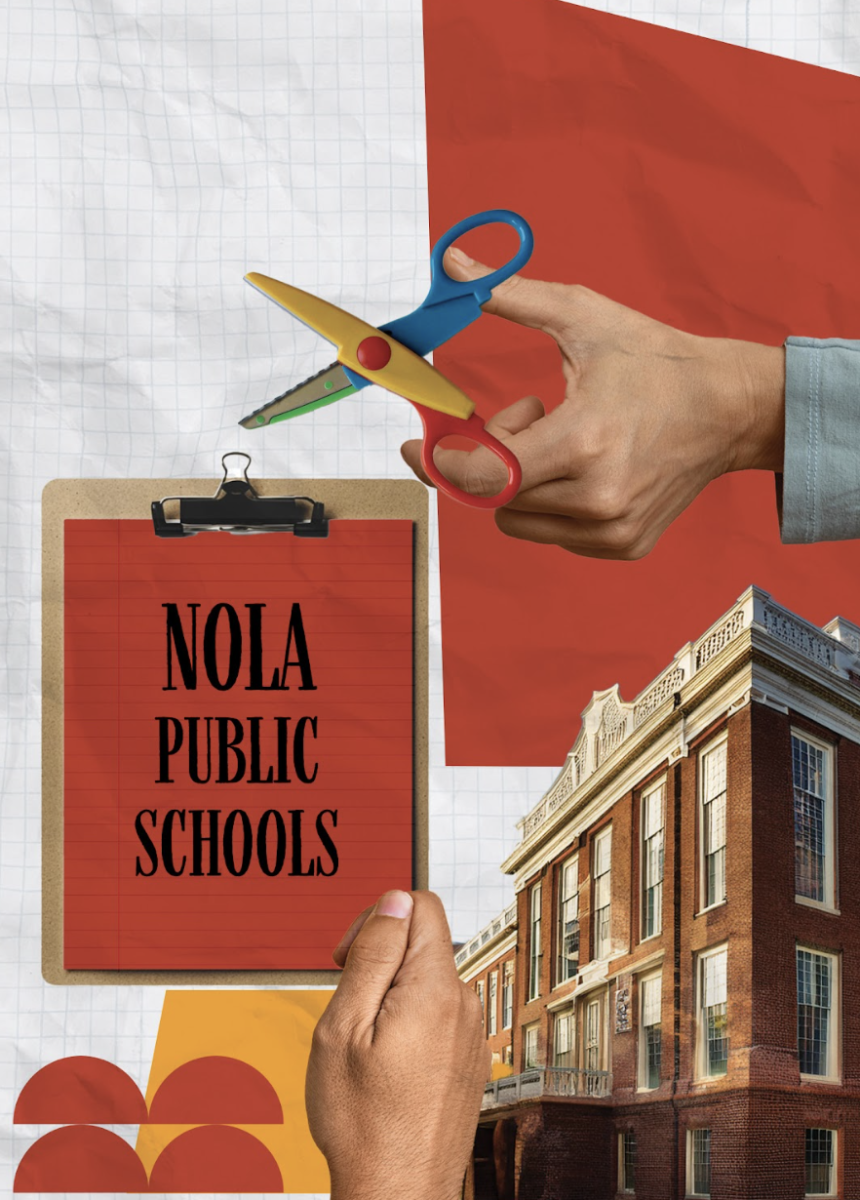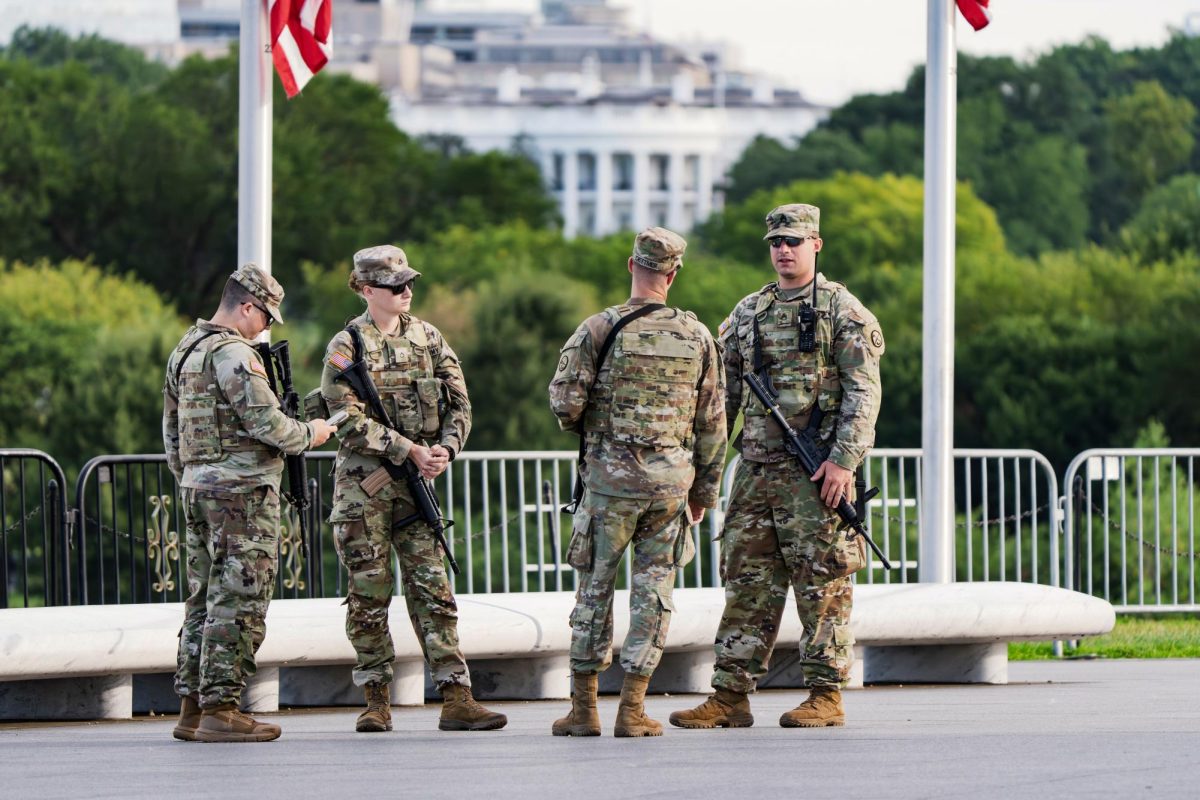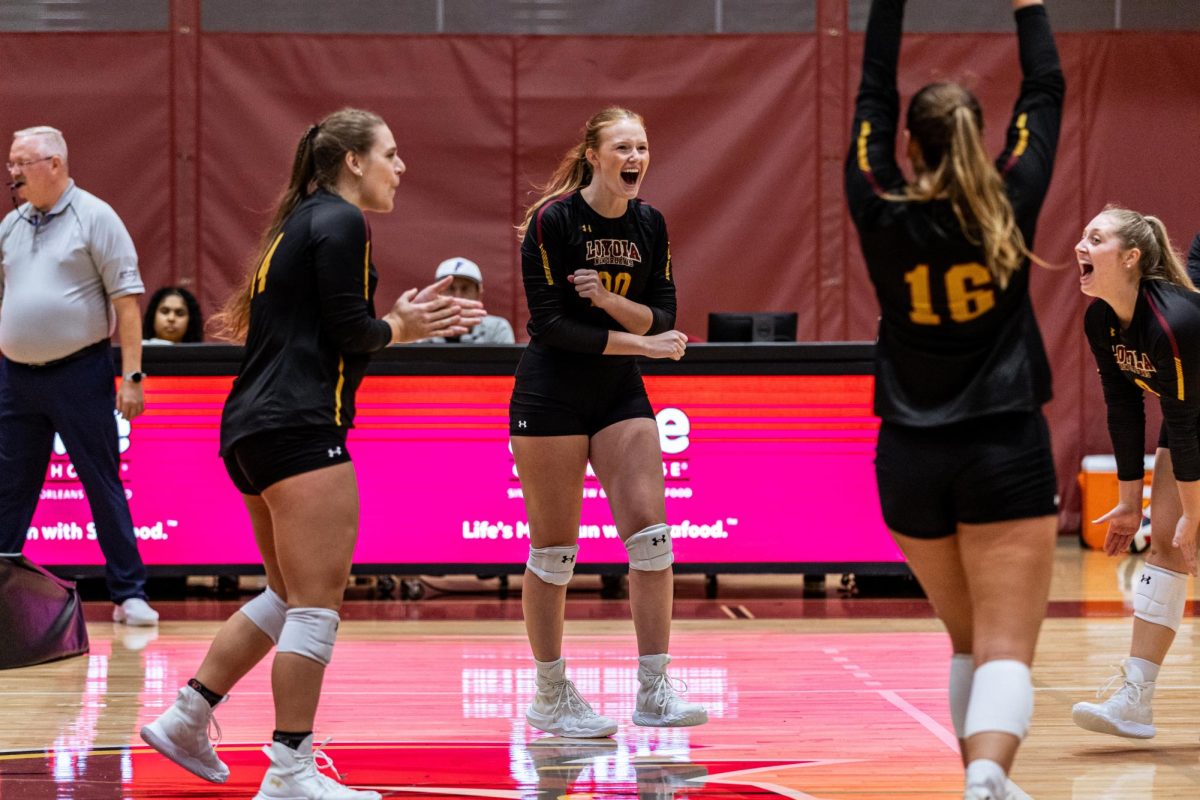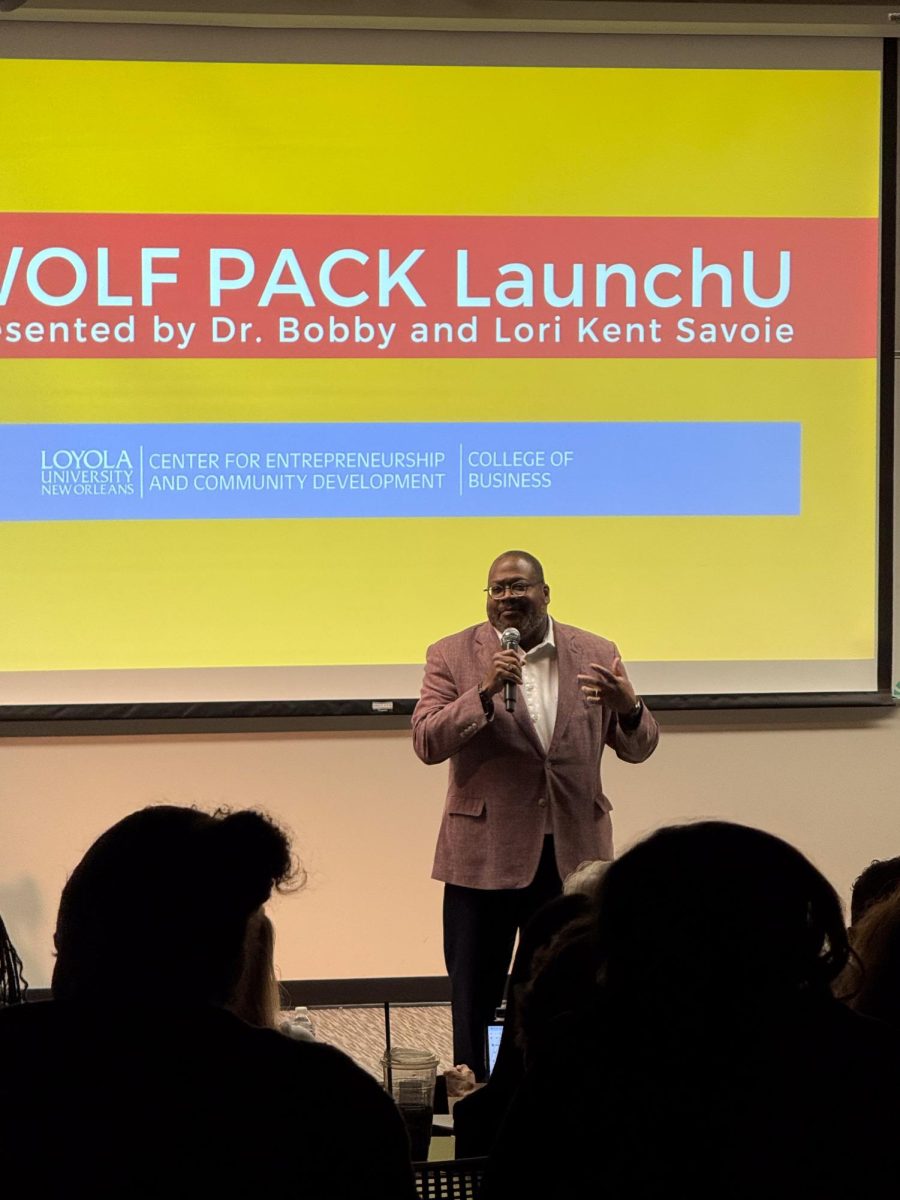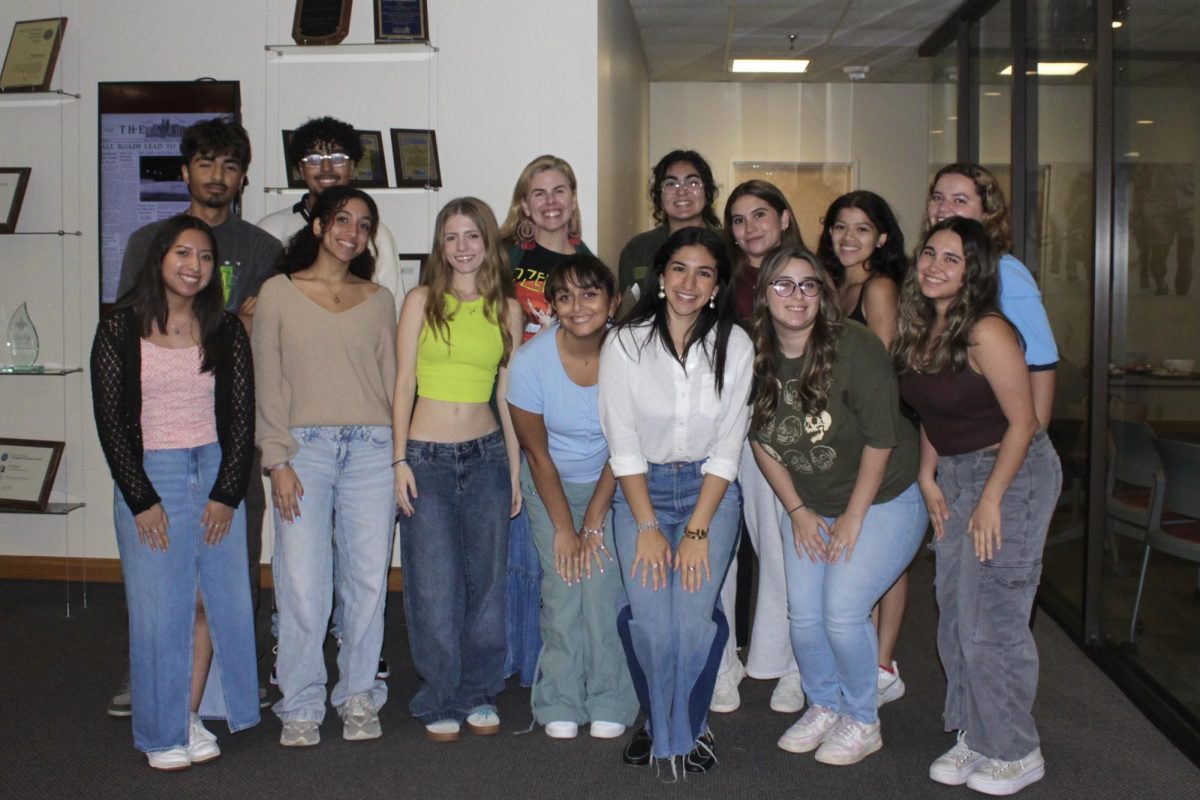Race Against Time, revisits Hurricane Katrina, which destroyed New Orleans nearly 20 years ago, with an unwavering focus on the racial injustices that transformed a tragedy into one of the most obvious instances of institutional unfairness in American history. It is evident that the disproportionate suffering of Black and working-class citizens was caused by decades of neglect, discriminatory practices, and policy failures, not just nature, even if the winds and floods of August 2005 destroyed houses and lives throughout the region.
The breakdown of the levee system in New Orleans was the most devastating blow caused by Katrina. It flooded almost 80 percent of the city, destroying entire neighborhoods. However, the devastation was not equally distributed. The neighborhoods with Black residents, such as Gentilly, New Orleans East, and the Lower Ninth Ward, saw the most severe flooding and the most involved and unpredictable recovery process. For generations, the families’ homes in these communities were swept away in hours. Many spent years in displacement. A few never came back.
The narrative soon turns to racial issues, raising the question of why these specific neighborhoods were left so exposed. Why did government answers fall so far short of their expectations? Testimonials from survivors highlight this point.
“We lost not just our homes, but also pieces of who we were,” one interviewee said.
She emphasized how the catastrophe was as much an emotional and cultural event as a physical one.
The documentary shows how racism influenced each phase of the crisis. In national headlines during the storm, Black neighbors who were searching for food were referred to as “looters,” while white citizens who were doing the same were called “finding” supplies. They dehumanized Black survivors at their most vulnerable. For days following the storm, primarily Black areas received little to no aid, and the federal response under Federal Emergency Management Agency was characterized by ineptitude and delays.
These inequities were reflected in recovery as well. The government Road Home program, which allocated rehabilitation funds based on pre-storm property values rather than reconstruction costs, is criticized. Black homeowners received much less aid than white homeowners because homes in Black areas had long been devalued by discrimination, redlining and disinvestment. Racial inequality was firmly established in the rehabilitation process as a result of this approach, which prevented many families from rebuilding at all. On the other hand, whiter and wealthier communities rebuilt far faster.
Additionally, the video discusses the ensuing dilemma of displacement. Hundreds of thousands of New Orleanians were spread out over the nation, many of them from Black families who could not afford to go back. Some were permanently relocated. This massive displacement changed the city’s demographics and shattered the communities, churches, and cultural customs that had long constituted New Orleans’ identity.
The film celebrates the resilience of Black New Orleanians, who, in the face of government failure, turned to each other for survival. Communities became self-reliant, sharing food and shelter, offering boats to save families, and forming grassroots networks. These acts of solidarity demonstrate resilience and resistance—a determination to rebuild on their own terms and a refusal to be overlooked.
This struck me as the documentary’s most impactful section. It served as a reminder that the community never abandoned itself, even while the government did. I was both proud of the Black New Orleanians’ courage and resourcefulness and angry that they had been pushed into that situation in the first place, as I saw those stories play out.
Whether a stranger is ready to give food or if your neighbor has a boat should not determine your chances of survival. However, it also demonstrated the kind of unbreakable love and unity, even in the face of a catastrophic hurricane like Katrina. These experiences demonstrated resilience is about standing together when the mechanisms that protect you fail, not just about getting back up after a setback.
Katrina appears as a tragedy and a warning in the documentary. Incorporating professional analysis makes the case that America’s racial past is essential to understanding the catastrophe. Levee disasters were not just the result of mechanical errors; they were the result of decades of governmental decisions that failed to safeguard Black and impoverished neighborhoods. It was not a coincidence that the recovery was unequal and sluggish; it was the inevitable result of structural inequality, a system of societal structures that perpetuate and reinforce unequal treatment of different groups. This systemic issue is a key theme in the documentary.
The documentary also underscores the crucial role of racial justice in climate preparedness. It points out that the most vulnerable communities, often Black and brown, continue to bear the brunt of climate disasters, as evidenced by Hurricanes Harvey and Ida . The lessons from Katrina are more relevant than ever as storms intensify and sea levels rise. The film warns that without prioritizing racial justice, the cycle of unequal suffering will persist in future climate crises.
The film is very personal to survivors. It brings up horrible memories of dislocation and trauma, but it also serves as a reminder of their resilience. Younger generations saw it as history and a warning: that the struggle for justice and resilience are inextricably linked, and that calamity is never colorblind. This scene in the film definitely caught my attention.
I wondered how those recollections would have been unavoidable if I had survived Katrina. It is devastating to see pictures of families who have been uprooted from their homes or dispersed throughout the nation, but they also make me realize how much fortitude it takes to survive.
Since I was absent during the hurricane, I saw it as a responsibility and a history lesson. We must learn from their struggles and combat the injustices that caused the calamity to be so severe in the first place; simply applauding the tenacity of those who survived it is insufficient. In my opinion, Katrina is not merely a historical event. It serves as a warning about the future and how inequality and race still determine who is most affected by natural disasters.
In the end, the Katrina narrative is reframed in the documentary. It goes beyond waterlines, rooftops, and levees. The racial inequities that caused a storm to escalate into a humanitarian disaster are the subject of this story, as is the tenacity of Black New Orleanians who refused to allow their communities, culture, or spirit to be destroyed. Katrina’s tale, the movie asserts, is one of both loss and unwavering fortitude, serving as a reminder that resilience is an active fight against inequitable structures rather than passive endurance.


